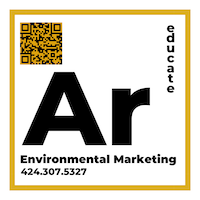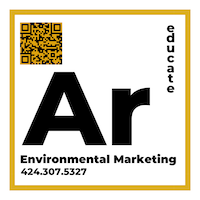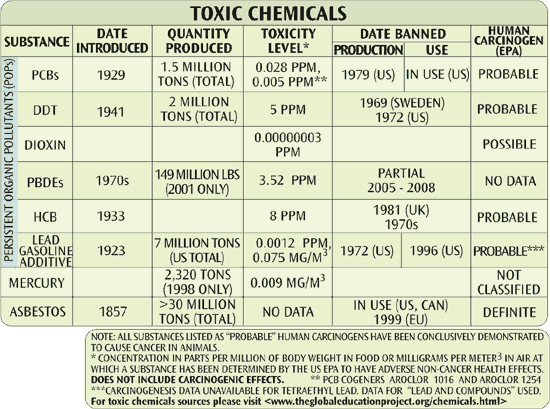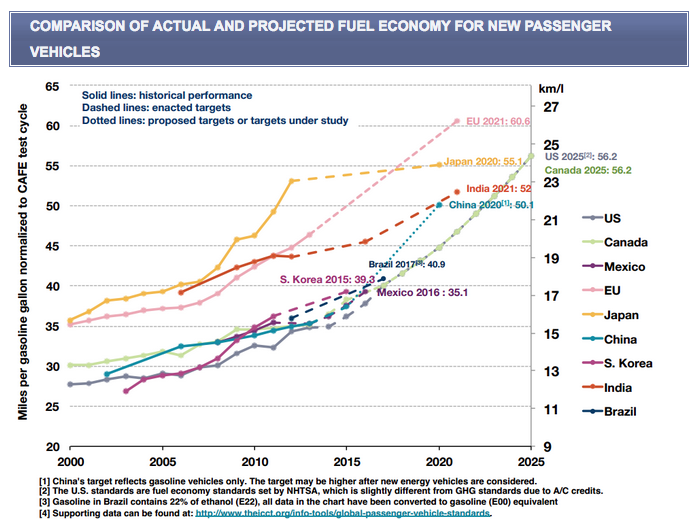Opening up the Conversation for Green Businesses on EPA Rollbacks #back2basics
We all saw it coming and knew it was real from the day that scientists and volunteers began frantically downloading EPA (Environmental Protection Agency) data to their own servers in the fear that Climate Change and other environmental data that threatened polluter profits would be wiped clean. Now 4 months into an administration that has very clearly stated it will begin rolling back environmental regulations, has released a “Back to Basics” Agenda for the EPA. What changes the EPA is able to make under this administration will no doubt affect the health of U.S. inhabitants and have international implications but will also have a great impact on green businesses. How will environmentally-focused businesses compensate for the lack of regulations that tend to help push greener products and services that are better for our communities, health, and environment? Will we see an increase in education and outreach? Will green businesses have to rely on educated consumers? How can renewable energy companies strategize against this current?
In the “Back to Basics” Agenda Press Release, 9 points of focus were targeted for cutting regulations. How will these cuts affect the operations of Green Businesses in the United States and abroad? I want to discuss some of the points that this new EPA has laid out, and open up a discussion on how these changes affect green businesses. Although it is my hope that the country move on as normal and disregard a backtracking of important environmental regulations that would move our country toward positive agendas, the fact is that deregulating coal, oil, and harmful chemical companies is going to cause a backlash of reasoning and an upsurge in confusion when it comes to marketing for environmental products and services. Here are the 9 points for the “Back to Basics” agenda:
- “Following the President’s Energy Independence Executive Order, Administrator Pruitt signed four notices to review and, if appropriate, to revise or rescind major, economically significant, burdensome rules the last Administration issued. This includes the so-called Clean Power Plan that threatens over 125,000 U.S. jobs.”
The Clean Power Plan aimed at reducing anthropogenic carbon dioxide contributions to climate change in the U.S. from electrical power plants by 32% within 25 years (Environmental Defense Fund Infographic below). The plan set a baseline reduction and allowed for states to decide how they would meet the baseline reductions. If a state wasn’t able to produce its own plan for reducing CO2, it would be given a plan to achieve the baseline goals. There were many benefits of this plan including reducing health concerns to low-income people that are most vulnerable to harmful emissions. The most at-risk are children, the elderly, people with health issues related to heart and lungs, as well as people living in poverty who often live in areas that are disproportionately polluted and have very little if any, environmental justice advocacy. The actions laid out by the Clean Power Plan would have resulted in a reduction of 1,200 million metric tons of CO2 by 2050 and thus would have reduced health issues related to such pollutants for a vast number of Americans who do not have the financial or political means to defend themselves.
The “Back to Basics” rollout states that 125,000 U.S. jobs are threatened by the Clean Power Plan, but we all know that a green economy would garner many more long term jobs in the solar, wind, and energy efficient sectors. The threat of job loss for cleaning up our energy consumption has never been a viable argument.
States that have supported environmental regulations regardless of federal regulations, will, of course, be leading the country, yet again. However, states that lack the education and governmental muscle to make appropriate decisions will likely stay behind in the environmental advancement curve. The means jobs will not grow and sustainable income and economies will sadly not thrive in the collective form which they were set to. Green tech companies will have to focus efforts toward greener states and also internationally, as other countries like Costa Rica (98% renewable energy usage), Sweden, and many more sweep their energy to fully renewable sources.
- “EPA is restoring states’ important role in the regulation of local waters by reviewing the WOTUS (“waters of the U.S.”) rule.”
This reviewing of the WOTUS rule was addressed here on NPR.
- “EPA is clearing the backlog of new chemicals that were waiting approval from EPA, so they can go to market, and companies can innovate and create jobs.”
The EPA has begun denying Toxic Substance Control Act (TSCA) petitions, or as they have put it, clearing the “backlog” from further screening of harmful chemicals so that companies can move to market faster. TSCA was already pretty weak but was the one piece of legislation that Public Health and Environmental Advocates could turn to when holding corporations accountable for testing potentially harmful substances that end up in our bodies, air, and waterways before appropriate testing and research deem them safe. For a full list of the current chemical waitlist click here.
Below is an old chart showing some of the major toxic chemicals introduced without appropriate testing in the United States and elsewhere, you might recognize a few. These toxic chemicals are now, of course, officially labeled as human carcinogens though they were only deemed probable at the time.
-
- “EPA is helping states achieve high air quality targets, clean up toxic waste sites and improve America’s water infrastructure.”
There is great reason to “help states achieve their own air quality targets”. This move is to pacify states that wish to remain conducting business as usual and disregard environmental standards that would force them to improve their practices. Please see map below:
 5. “EPA rescinded an unjustified, premature evaluation of greenhouse gas and fuel economy standards for model year 2022-2025 vehicles, and is working with the U.S. Department of Transportation (DOT) to conduct a collaborative and robust review of the standards.”
5. “EPA rescinded an unjustified, premature evaluation of greenhouse gas and fuel economy standards for model year 2022-2025 vehicles, and is working with the U.S. Department of Transportation (DOT) to conduct a collaborative and robust review of the standards.”
- “The agency is reviewing the Oil and Gas Methane New Source Performance Standards for new and modified sources, to determine whether it is duplicative.”
These Oil and Gas Methane New Source Performance Standards were set to save money, clean up our air, and mitigate human contributions to climate change. This original ruling aimed at reducing 510,000 short tons of methane currently being expelled by Gas and Oil operations. This would be equivalent to removing 8.5 million cars off the road. You can read more details of the plan here. These were in no way duplicative because it explicitly addressed methane and VOCs. Fact Sheet Here!
- EPA is allocating funds for vital environmental projects that go directly to the health of our citizens, such as providing $100 million to upgrade drinking water infrastructure in Flint, Michigan.
This is a copy + paste carry over from the last administration and is not indicative of the current EPA’s mode of operation.
- EPA is stopping the methane Information Collection Request (ICR) by telling businesses they no longer have this additional bureaucratic burden, with the cost to American businesses attempting to comply exceeding $42 million.
- Launched the EPA Regulatory Reform Task Force to undergo extensive reviews of the misaligned regulatory actions.
This Reform Taskforce will launch its rollbacks agenda with a stakeholder meeting on April 25, 2017 and aims to see what EPA rules can be “repealed, replaced, or modified to reduce regulations.”
So what do these rollbacks mean to green businesses, clean energy, and anyone working in the environmental sector and the people of the U.S.? As of now, there is a lot of wait and see but I would like to explore what green companies are saying about these changes. For now, if you’d like a complete archived breakdown of proposed changes to U.S. Science and Environmental Policy, Michael Greshko of National Geographics has created a running list to help us keep up.
Leave a comment, tell us what you think about how these changes will alter the green economy.





